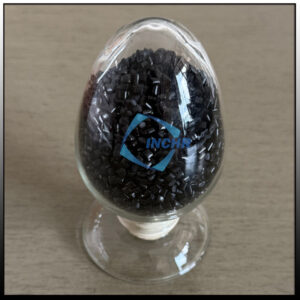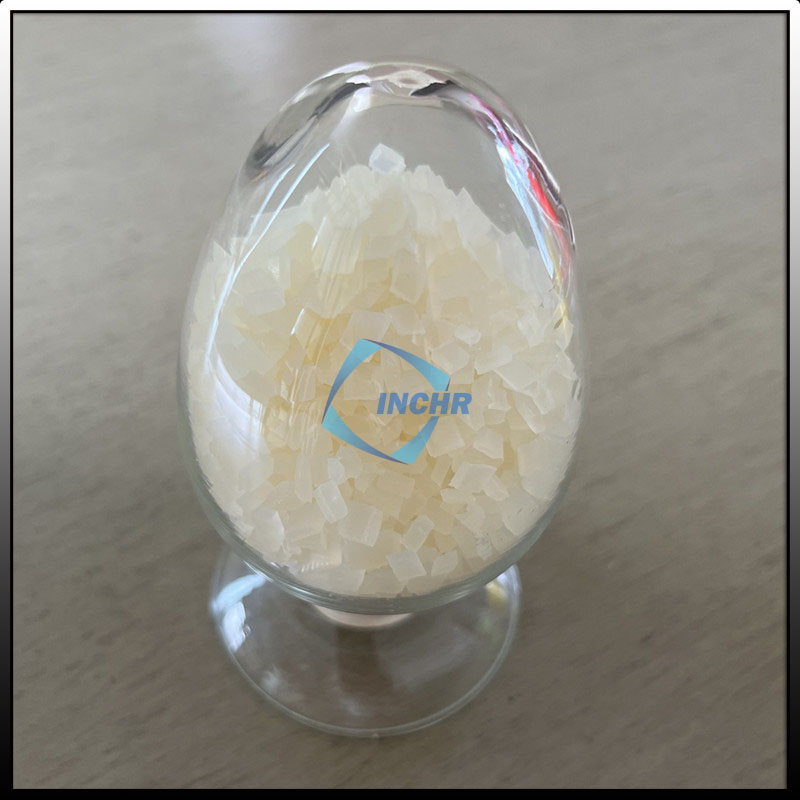Carbon Fiber Reinforced Plastic (CFRP) is a composite material renowned for its exceptional strength-to-weight ratio, corrosion resistance, and durability. Composed of carbon fibers embedded in a polymer resin matrix, CFRP has revolutionized multiple industries by offering lightweight yet robust solutions. This article summarizes key application scenarios where CFRP excels, driving innovation and efficiency.
Aerospace Industry
The aerospace sector leverages CFRP extensively to reduce aircraft weight, enhance fuel efficiency, and improve performance. Components like wings, fuselage sections, and interior panels in aircraft such as the Boeing 787 Dreamliner and Airbus A350 rely on CFRP. Its high stiffness and fatigue resistance ensure safety and longevity while cutting fuel consumption and emissions.

Automotive Sector
CFRP is transforming automotive design by enabling lighter, faster, and more energy-efficient vehicles. High-performance cars like the BMW i3 and Tesla Model S incorporate CFRP in body panels, chassis, and drive shafts to reduce weight and boost acceleration. Electric vehicles (EVs) benefit from extended battery range due to CFRP’s lightweight properties.Learn more about CFRP in automotive design.
Sports and Recreation
From cycling to aerospace-inspired sports equipment, CFRP delivers unmatched performance. Bicycles, tennis rackets, golf clubs, and Formula 1 racing car components utilize CFRP for its vibration damping and energy absorption qualities.
Medical Devices
CFRP’s biocompatibility and radiolucency (transparency to X-rays) make it ideal for medical applications. It is used in prosthetic limbs, surgical instruments, and imaging table components. CFRP’s lightweight nature improves patient comfort, while its strength ensures reliability in critical healthcare settings.
Renewable Energy
Wind turbine blades increasingly incorporate CFRP to achieve longer, lighter, and more efficient designs. The material’s resistance to environmental degradation and ability to withstand high loads make it suitable for sustainable energy infrastructure.
Conclusion
Carbon Fiber Reinforced Plastic is versatility across aerospace, automotive, sports, medical, and renewable energy sectors underscores its transformative impact. As technology advances, CFRP will continue enabling lighter, stronger, and more sustainable solutions. For businesses exploring CFRP applications, partnering with experienced suppliers ensures optimal integration and performance. Explore our CFRP product portfolio for custom solutions.


